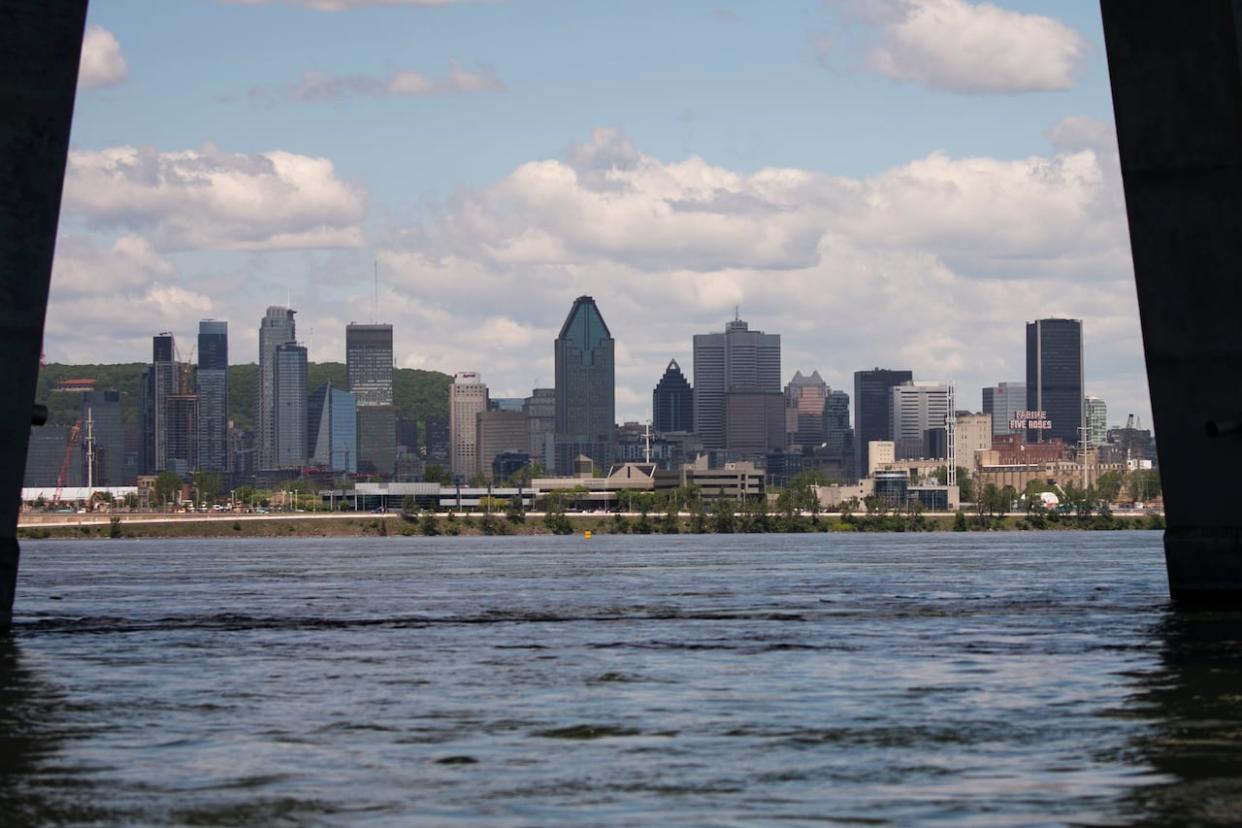Immigration fuels population growth across Quebec, statistics institute says

Nearly all regions in Quebec saw population growth between the July 2022 and July 2023, with the largest booms in Montreal and Quebec City.
According to data released Wednesday by the Institut de la statistique du Québec (ISQ), half of the province's regions recorded their highest growth rates since data collection began at this geographic level in 1986-87.
Montreal experienced the strongest growth of all regions, with its population increasing by 89,600 — a 4.3 per cent rise compared to the province's overall 2.3 per cent.
This growth accounted for 44 per cent of the province's total annual increase, the ISQ says. Despite losing many residents to other regions, Montreal's population growth was driven by substantial international migration gains.
"It's not necessarily surprising," said ISQ demographer Martine St-Amour.
"Because we already had data at the Quebec level that showed us that it is external immigration, particularly temporary immigration, that has been driving demographic growth in Quebec in recent years."
Data has also shown that immigration is concentrated in Montreal, she said.
Quebec City saw an increase of 20,678 residents, with international migration contributing 18,494 of these new inhabitants.
Population growth also reached new highs in the Eastern Townships, Centre-du-Québec, Chaudière-Appalaches, Mauricie, Montérégie, Saguenay–Lac-Saint-Jean and Bas-Saint-Laurent regions.
The Lanaudière, Laurentians, Laval and Outaouais regions also experienced strong growth, but did not set new records.
Growth was more moderate in Nord-du-Québec, Abitibi-Témiscamingue and Gaspésie–Îles-de-la-Madeleine, while the population in Côte-Nord remained stable.
Overall, international migration, particularly temporary immigration, was the main driver of the province's population growth, the ISQ says.
Record gains were due to an unprecedented increase in non-permanent residents, such as temporary foreign workers, asylum seekers and international students. And while there was also an increase in permanent residents, it was on a much smaller scale.
In most regions of Quebec, natural population increase (births minus deaths) slowed in 2023, primarily due to a drop in births, as the number of deaths did not increase, the ISQ says.
More deaths than births were recorded in 10 out of 17 regions, a trend observed for several years in regions with older populations such as Gaspésie–Îles-de-la-Madeleine, Bas-Saint-Laurent and Mauricie.
"Even in the few regions where there were more births than deaths, natural increase remained low and played a minimal role in population growth," the ISQ says on its website. "In Quebec as a whole, natural increase was close to zero in the past year."

